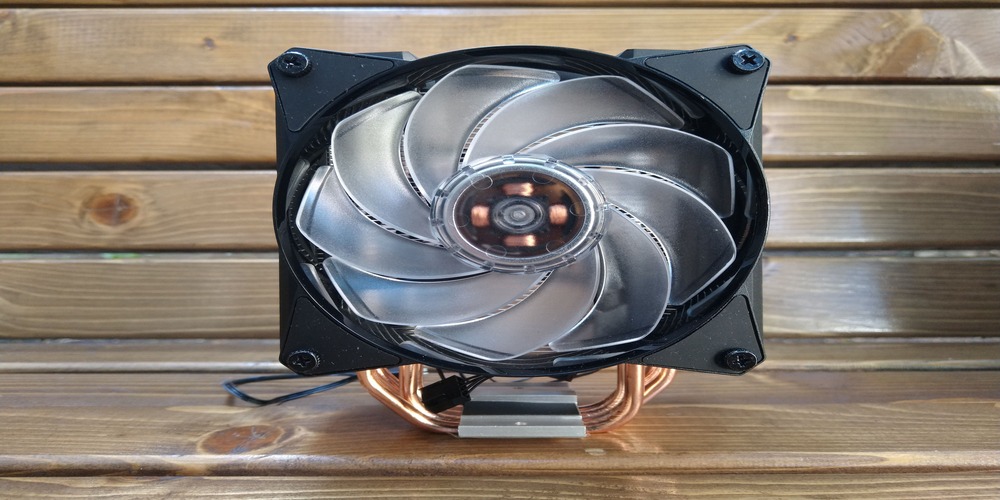As industrial equipment becomes more complex and powerful, the need for efficient cooling solutions has become more critical than ever before. Two main options exist for cooling these systems: air and liquid.
Air cooling is a traditional and straightforward approach, but it may not be sufficient to keep up with today’s high-powered industrial equipment. On the other hand, liquid cooling provides more efficient cooling for such systems, but it can be expensive and difficult to set up.
In this article, we will examine the differences between liquid cooling and air cooling, their benefits and drawbacks, and which is best suited for industrial equipment.
Liquid Cooling vs. Air Cooling
When it comes to keeping industrial equipment cool, two primary methods are typically used: liquid cooling and air cooling. Choosing the right method for your equipment is important, as each has its advantages and disadvantages.
So, let’s dive into the world of liquid and air cooling to find out what they really are and then see which is the better option for industrial equipment.
Air Cooling
Air cooling is a traditional method of cooling industrial equipment that involves circulating air around the equipment to remove heat. This method is simple and cost-effective, requiring no additional equipment or infrastructure.
Air cooling systems typically use fans to draw in cool air and push out hot air. However, air cooling has its limitations, especially when it comes to high-performance applications.
The cooling capacity of air is lower than that of liquids, which means that air-cooled systems may not be able to dissipate heat quickly enough to prevent overheating. Also, the fans and heat sink necessary for air-cooled systems are noisy and can take up a lot of space.
Liquid Cooling
Liquid cooling is a more advanced and efficient method of cooling industrial equipment. Rather than using air to transfer heat, liquid cooling uses a liquid coolant to absorb heat and dissipate it elsewhere.
The coolant flows through a network of tubes and channels, and the heat is ultimately released by a liquid cooling plate designed to maximize the contact area between the coolant and the equipment, which allows for efficient heat transfer.
Liquid cooling is particularly useful in applications with high heat loads or limited space, and it can help prolong the lifespan of industrial equipment.
Which Cooling Method is Better for Industrial Equipment?
When it comes to industrial equipment, choosing the right cooling method is crucial for ensuring optimal performance and longevity. While air cooling may be sufficient for some applications, liquid cooling offers many advantages that cannot be ignored.
Liquid cooling utilizes a liquid coolant, such as water or a specialized fluid, to absorb and dissipate heat from the equipment. This method offers more efficient and effective cooling than air cooling, especially when dealing with high-powered equipment.
Using a liquid cold plate heat sink in combination with liquid cooling can further enhance the cooling performance, as these components are specifically designed for heat dissipation.
Companies like Kingka specialize in manufacturing and supplying custom liquid cold plate heat sinks for various industrial applications, making them a reliable source of quality cooling solutions.
Conclusion
In the end, when it comes to choosing between liquid cooling and air cooling for industrial equipment, there is no one-size-fits-all solution.
Each method has its own benefits and drawbacks, and the choice ultimately depends on the specific application requirements.
However, with the right design and implementation, a liquid cooling system with a liquid cold plate heat sink can provide superior thermal performance and efficiency.
